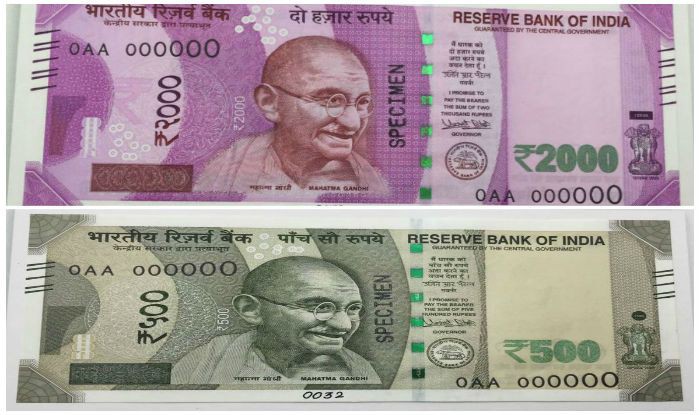10 Interesting Facts You Should Totally Know About The Indian Currency
Blacks turning White. No, it is neither a fairness cream joke nor racial sarcasm. However, it is all about a sudden surgical strike by the incumbent government of India on the people with a room full of undeclared income or in simpler words “Black Money”. It was after closing of share markets today when GOI suddenly announced to abandon the rupee 500 and 1000 currency denominations. While people were queuing in front of the ATM’s to get their INR 100 currency notes before the ATMs become non-functional for a total of 2 days. The Narendra Modi Government stole all the “limelight” from world’s biggest and most awaited election day in US. Did this announcement shock the hell out of you?
Well that’s not the only thing, there are a few more interesting facts about the Indian currency, that people need to know:
- In 1938, during the reign of the great British Empire and then again in 1954, the contemporary governments introduced currency denomination of Rs.10,000 which was later demonetized in 1946 and 1978 respectively. Yes, you read it right Rs.10,000.
- The Government of India will be introducing the new denominations of INR 2000 and INR 500 on November 10.
- Both the Notes will be smaller than the current existing notes. Resizing is speculated to have good implications.
- The cost of printing a Rs.1000 note was just INR 3 but the cost of minting a Rs. 10 coin is INR 6.10. It is speculated that printing of a Rs. 2000 note will cost lesser than that of Rs.1000.
- According to the facts, in March 2016, Rs 16,41,500 lakh crore worth of currency notes in total were in circulation in India, with Rs. 500 and Rs.1000 accounting for 86% of the total value of the note.
- The new INR 500 note has “Red Fort” (the historical monument located in Delhi) at its back and this new series will be called as Mahatma Gandhi New Series of Bank Notes.
- The new 2000 note carries a photo of “Mangalyan” (After the Mars Orbiter launched by ISRO on 5th November 2013) to highlight the scientific development and research progress that the country has achieved.
- Rs.500 and Rs.1000 notes are already banned in Nepal (Yea, you can pay Indian Rupees in Nepal).
- The currency has existed in the form of coin in India since the 6th century BC. The Ancient, the medieval and the Mughal period all used coins of gold, silver, and copper as their currency. The most notable were Sher Shah Suri’s Rupiya, which became the precursor of the modern rupee.
- INR at the time of independence was INR1 = $1 and has devalued in a total of 9 times. All the major devaluation had come during UPA regime (1980 inflation and 1991 Economic Crisis) and one more significant devaluation happened after Pokhran II test by Atal Government in 1998 when US, Japan, and other countries immediately imposed sanctions on India, limiting investments.
Hope you had a great time while reading these amazing yet surprising facts about the Indian currency. Do keep reading LogiNext’s blog for more awesome content on how the currency ban will effect the Logistics and technology sector in India.









Informative blog posted…….
Appreciate your comment.